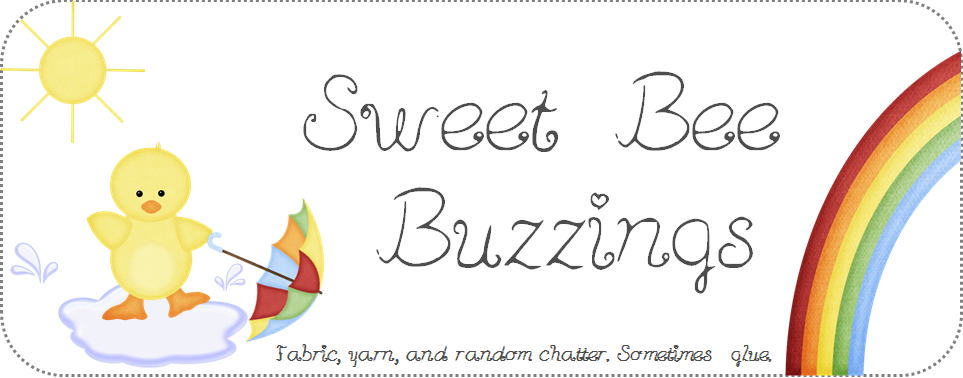I was given a copy of Cristina Vanko's book for review:
I'll be honest--I gave the description a cursory review, and awaited this book thinking it was more of a learn-to-write-fancy kind of thing, like those calligraphy workbooks that involved lots of tracing until you were ready to fly solo. So when I saw what it was, I thought "Oh no!! Stranger danger!!" This was way out of my comfort zone. But when you promise a review you get over yourself.
This book is...different. It's not a do-this-in-exactly-this-way kind of book (which I normally like as I'm a rule-oriented, structured person). It acts as a guide for you to unleash your inner hand-lettering soul. This baby is chock full of practice pages, samples, suggestions, historical factoids, encouragement, and ideas for creating your own unique designs, from plain to fancy.
On the left we have some samples of traditional sans serif fonts. On the right is practice space and some direction on what to do. Enough direction that you know where you're supposed to end up, but how you get there is up to you.
Difficult to see here, but the tiny print are labels for all of the things you need to know about type. Serifs, apexes, descender lines, things like that.
The book shares a history of popular typefaces through the ages, and why they may be preferred (or possibly left to history). It shows how the right font can make a message or an idea or an image all the more powerful. For example, would the sign for a Texas rodeo be more enticing in that old 'wild west' font or in comic sans?
I went over each and every page, and some of them made me feel twitchy as they were a little more drawing oriented than writing oriented. So instead of starting at the beginning, I started where I felt comfortable, with a bit of eraser writing.
I was going to write "Yeah, right" where the smiley face is as I have a hard time creating things that aren't 'perfect' to my mind. But that's a thing I need to work on, and a book such as this is quite helpful as you're not expected to be perfect or even close to it. But you are expected to try.
This page was nifty. You write in cursive on the left, and on the right there's a brief analysis of your writing. And it was weird how it was pretty accurate.
This was a fun page to try. Examples of blackletter are on the left, and my attempts at it are on the right. I tried to be cute and interlace my letters for the word laugh, but then I realized I'm not good at this yet, haha. My 'joy' came out pretty swell, though.
Would I recommend this? Yes, indeed, even if it's not in your comfort zone. I find that when I get out of mine I'm a lot more thoughtful and careful about what I'm doing and am rarely disappointed in the results as is sometimes the case when I'm so comfortable with what I'm doing that I get distracted. However, I would recommend something--have a variety of writing implements. Not a lot, nothing fancy, just more than the pencil I was using. Maybe some chisel tips for playing with line thicknesses and flourishes and things like that. Or some watercolors from your kids' art set that they never used. Simple things like that.
I did realize something today while someone had me on hold--I tend to doodle my name, playing with the letters and all that as this book suggests, something I never noticed before. Now I'm going to pay more attention to my mindless writing. Because I'm not afraid of this book anymore.
I was not financially compensated for this post. I received the book at no charge in exchange for an honest review. The opinions are completely my own based on my own experience. For my complete disclosure policy, click here.







That is kind of cool! I like the writing analysis.
ReplyDelete